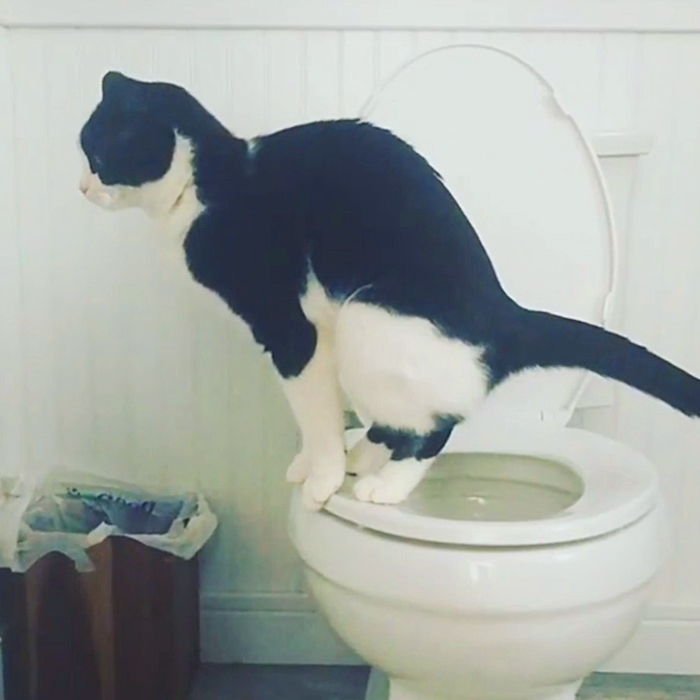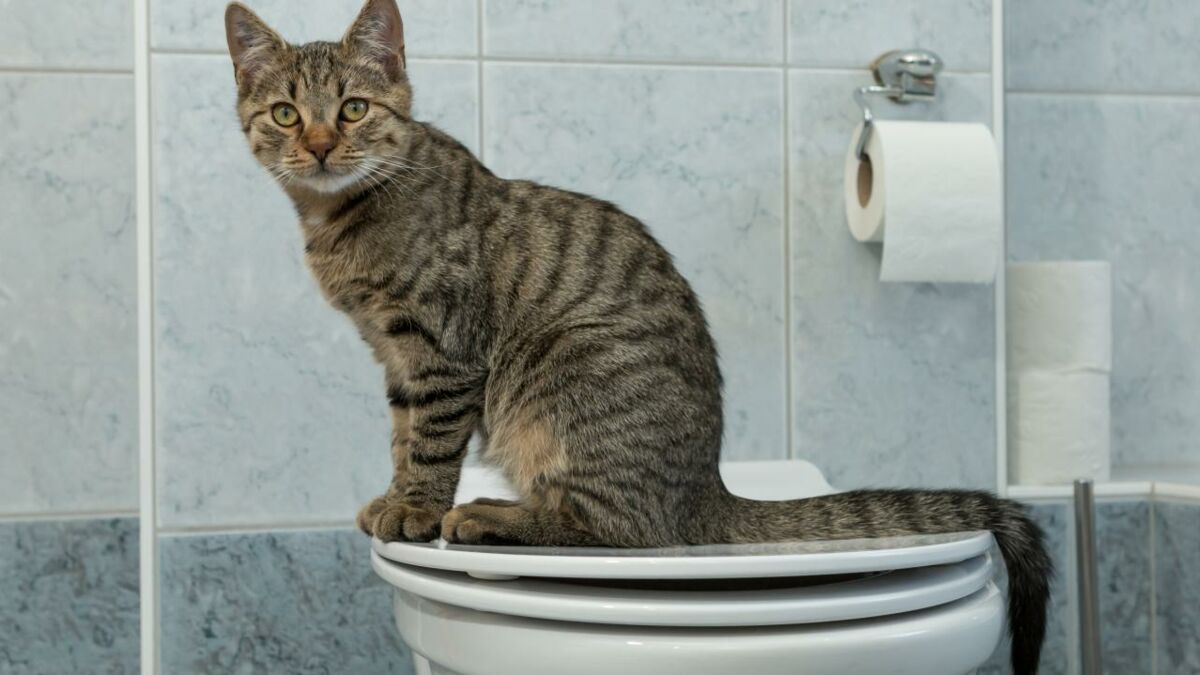Avoid Clogs and Damage: Don't Flush Cat Poop Down Your Toilet - Expert Insights
Avoid Clogs and Damage: Don't Flush Cat Poop Down Your Toilet - Expert Insights
Blog Article
The article author is making a few good pointers on the subject of How to Dispose of Cat Poop and Litter Without Plastic Bags overall in this post down the page.

Intro
As cat owners, it's essential to be mindful of how we deal with our feline pals' waste. While it may seem hassle-free to purge pet cat poop down the toilet, this practice can have detrimental consequences for both the environment and human wellness.
Ecological Impact
Flushing cat poop presents unsafe microorganisms and parasites right into the supply of water, posing a substantial danger to aquatic communities. These contaminants can adversely impact aquatic life and compromise water top quality.
Health and wellness Risks
Along with environmental issues, purging feline waste can also posture health threats to people. Pet cat feces may include Toxoplasma gondii, a bloodsucker that can cause toxoplasmosis-- a possibly extreme disease, specifically for pregnant females and people with weakened body immune systems.
Alternatives to Flushing
The good news is, there are much safer and extra accountable means to dispose of feline poop. Consider the complying with choices:
1. Scoop and Dispose in Trash
The most typical technique of disposing of cat poop is to scoop it right into an eco-friendly bag and throw it in the garbage. Make sure to make use of a devoted trash scoop and get rid of the waste promptly.
2. Use Biodegradable Litter
Select eco-friendly pet cat litter made from products such as corn or wheat. These clutters are eco-friendly and can be securely taken care of in the garbage.
3. Hide in the Yard
If you have a lawn, think about burying cat waste in an assigned area away from vegetable yards and water resources. Make sure to dig deep sufficient to prevent contamination of groundwater.
4. Install a Pet Waste Disposal System
Buy a pet dog garbage disposal system especially created for feline waste. These systems use enzymes to break down the waste, reducing smell and ecological effect.
Conclusion
Liable family pet ownership extends past giving food and sanctuary-- it likewise involves correct waste administration. By refraining from purging feline poop down the toilet and going with alternate disposal methods, we can minimize our ecological impact and protect human wellness.
Why Can’t I Flush Cat Poop?
It Spreads a Parasite
Cats are frequently infected with a parasite called toxoplasma gondii. The parasite causes an infection called toxoplasmosis. It is usually harmless to cats. The parasite only uses cat poop as a host for its eggs. Otherwise, the cat’s immune system usually keeps the infection at low enough levels to maintain its own health. But it does not stop the develop of eggs. These eggs are tiny and surprisingly tough. They may survive for a year before they begin to grow. But that’s the problem.
Our wastewater system is not designed to deal with toxoplasmosis eggs. Instead, most eggs will flush from your toilet into sewers and wastewater management plants. After the sewage is treated for many other harmful things in it, it is typically released into local rivers, lakes, or oceans. Here, the toxoplasmosis eggs can find new hosts, including starfish, crabs, otters, and many other wildlife. For many, this is a significant risk to their health. Toxoplasmosis can also end up infecting water sources that are important for agriculture, which means our deer, pigs, and sheep can get infected too.
Is There Risk to Humans?
There can be a risk to human life from flushing cat poop down the toilet. If you do so, the parasites from your cat’s poop can end up in shellfish, game animals, or livestock. If this meat is then served raw or undercooked, the people who eat it can get sick.
In fact, according to the CDC, 40 million people in the United States are infected with toxoplasma gondii. They get it from exposure to infected seafood, or from some kind of cat poop contamination, like drinking from a stream that is contaminated or touching anything that has come into contact with cat poop. That includes just cleaning a cat litter box.
Most people who get infected with these parasites will not develop any symptoms. However, for pregnant women or for those with compromised immune systems, the parasite can cause severe health problems.
How to Handle Cat Poop
The best way to handle cat poop is actually to clean the box more often. The eggs that the parasite sheds will not become active until one to five days after the cat poops. That means that if you clean daily, you’re much less likely to come into direct contact with infectious eggs.
That said, always dispose of cat poop in the garbage and not down the toilet. Wash your hands before and after you clean the litter box, and bring the bag of poop right outside to your garbage bins.
https://trenchlesssolutionsusa.com/why-cant-i-flush-cat-poop/

As an enthusiastic reader about Can You Flush Cat Poo or Litter Down the Toilet?, I assumed sharing that piece of content was essential. Liked our post? Please share it. Let somebody else find it. I am grateful for your time. Come back soon.
Learn More Report this page